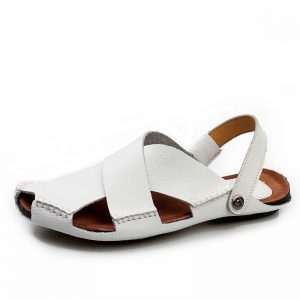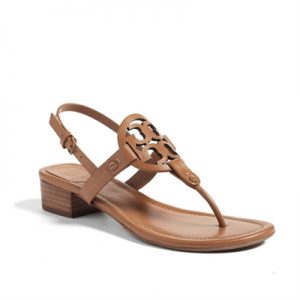Caliga: Military shoes worn by Roman legionary soldiers.
Clog: usually sandals with heavy wooden soles or similar shoes. Generally refers to slip-on shoes, but also includes boots (Boots).
Geta: Japanese clogs. The Japanese is called’下駄’. It can be seen in the clothing of Geisha and Sumo.
Espadrilles: Generally canvas upper.
Roman sandals: Vamp with multiple straps.
Zori: Japanese may be’straw’.
Mules: Refers to shoes without backless, which can also be considered as sandals.
Guadazi: A sandal made from waste tires in the Yimeng area in the past. Many people still wear it in the countryside. More popular sandals, more convenient and skinny!
Beach sandals: used when going to the beach, popular among elementary and middle school students.
Anti-static sandals: Anti-static sandals use static dissipative material PU (polyurethane) to make soles. The introduction of the HAD system based on kinematics and physiology, the shoe body is light and soft, comfortable and breathable, and it is not easy to fatigue after long-term wear. It is a more economical choice. Suitable for use in electrostatic sensitive areas. The resistance of the insole to the sole is from the 6th to the 8th power of 10, the resistance of the human body to the sole is from the 5th to the 7th power of 10, and the surface resistance is from the 6th to the 8th power of 10. Scope of application: dust-free production workshops, semiconductor manufacturing, electronic picture tube manufacturing, computer motherboard manufacturers, mobile phone manufacturers, etc.















